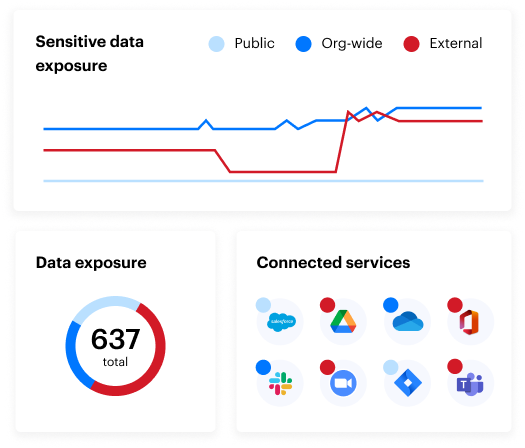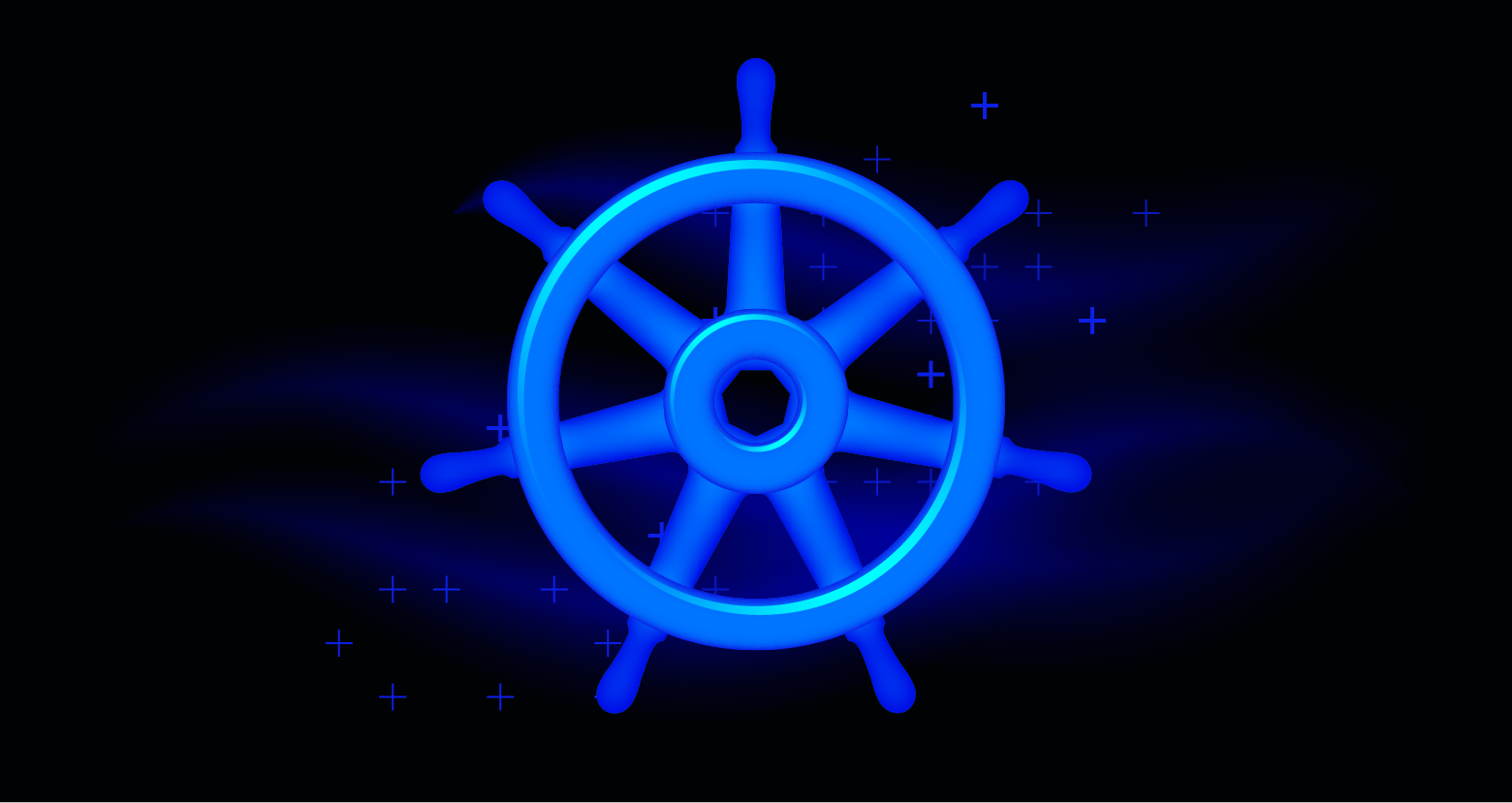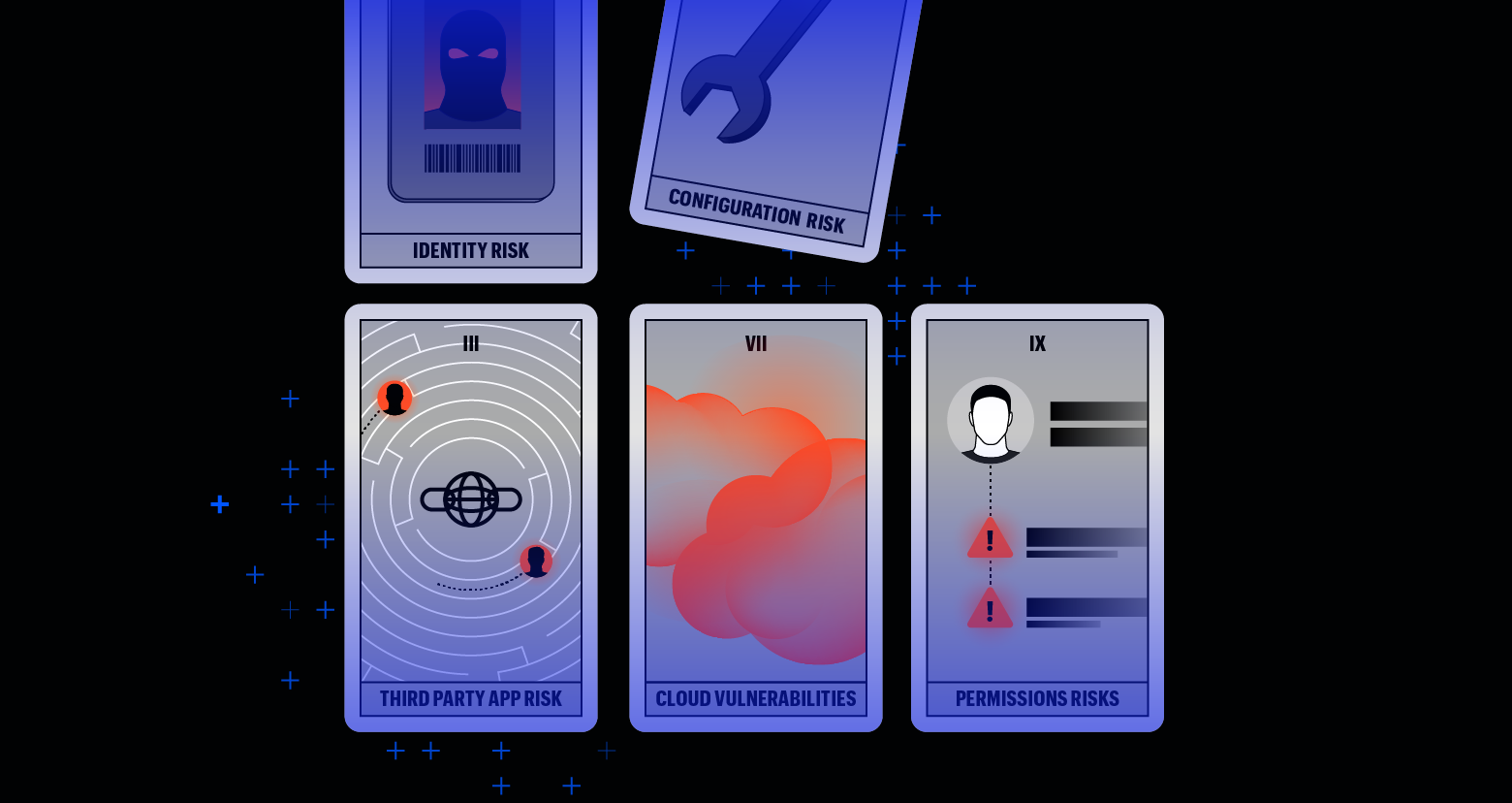Understanding the cloud’s advancements is crucial for businesses to stay ahead of cyber threats, ensure data integrity, and maintain customer trust. As technology evolves, so do the methods used by malicious actors.
Keeping up with the latest developments in cloud security allows organizations to implement proactive measures, reducing vulnerabilities and enhancing overall security posture. This knowledge not only helps in protecting sensitive information but also supports compliance with ever-changing regulations and standards.
The rise of Kubernetes in cloud environments
Kubernetes has firmly established itself as a cornerstone of cloud-native deployment.
Kubernetes, often abbreviated as K8s, is an open-source platform designed to automate the deployment, scaling, and operation of application containers. These containers package an application and its dependencies together, ensuring it runs seamlessly across diverse environments. Kubernetes plays a pivotal role in cloud environments by orchestrating these containers, managing their lifecycle, and ensuring optimal resource utilization.

One of the key reasons Kubernetes is integral to cloud environments is its ability to provide consistent and repeatable deployments, which is crucial for maintaining application reliability and scalability. It simplifies the complex tasks of managing numerous containers, enabling developers to focus on building features rather than managing infrastructure. Additionally, Kubernetes supports self-healing mechanisms, such as automatic restarts and rescheduling of failed containers, which enhances the resilience of cloud applications.
Kubernetes and the cloud-native ecosystem are expected to continue growing and evolving in 2025. What trends will emerge from that? We have some thoughts.
Trend #1: AI’s role in the cloud
AI tools and analysis will play a crucial role in enhancing cloud security. The growing shortage of skilled cloud security professionals also makes automation essential. AI-driven automation enables teams to manage security in complex environments with fewer resources, reducing the risk of human error.
By automating time-consuming processes like risk attribution and identifying top-priority issues, AI will allow security teams to focus on high-impact work.
For example, AI-driven threat detection systems can now identify abnormal behaviors and potential threats in real-time, minimizing damage and reducing reliance on human intervention. This trend eliminates the need to configure and maintain Kubernetes clusters, reducing infrastructure overhead and making Kubernetes accessible to startups and smaller organizations.
Trend #2: Enhanced encryption techniques
Enhanced encryption techniques will be essential to protect sensitive information in cloud environments. The adoption of Zero Trust Architecture (ZTA) will continue to rise, ensuring that every access request is authenticated, authorized, and encrypted, regardless of its origin.
With the growing complexity of cloud environments, securing the supply chain will be a top priority to prevent vulnerabilities from being introduced through third-party components.

Trend #3: Kubernetes being a target for threat actors
The current state of Kubernetes security isn’t only focused on the positive. Malicious actors are increasingly targeting Kubernetes API endpoints and data plane services, seeking to exploit misconfigurations and unpatched vulnerabilities. It is crucial to secure these environments from the start, implementing stringent access controls, regular patching, and continuous monitoring to prevent initial access by attackers. Security teams must stay vigilant, employing advanced threat detection and response mechanisms to identify and mitigate potential threats in real time.
Additionally, the rise of ransomware as a top cloud threat underscores the importance of robust cloud security practices. Attackers are increasingly targeting cloud environments to exploit security weaknesses, deploying sophisticated ransomware attacks to encrypt critical data and demand hefty ransoms.
Organizations must adopt a multi-layered security approach, including regular data backups, endpoint security solutions, and comprehensive incident response plans to stay ahead of these threats. By fostering a culture of security awareness and ensuring all employees are trained in best practices, companies can significantly reduce the risk of falling victim to ransomware attacks.
Trend #4: All eyes on security posture
Kubernetes users are becoming more comfortable with operating clusters, and security processes have matured. This is evident from faster version upgrades, decreased vulnerabilities, and improved workload security posture.
There has been a significant improvement in the security posture of workloads compared to last year. The number of pods with high Kubernetes privileges has declined, indicating better RBAC permissions configuration. Despite the introduction of new security features, their adoption remains slow. Organizations need to prioritize the implementation of these features to enhance their security posture. Otherwise, they leave themselves vulnerable to attacks, and the potential for financial repercussions.
The importance of cloud security
As cloud infrastructures become more complex, the need for efficient, automated solutions to manage security at scale is paramount. As we navigate this evolving landscape and the emerging trends, it's essential to stay informed and proactive in implementing robust cloud security measures.
At Varonis, we are committed to helping organizations secure their cloud environments and protect their valuable data wherever it lives.
As you know, Kubernetes manages containerized applications, but it brings some challenges that standard security measures might not handle well. Varonis can give a clear view of your Kubernetes environment’s setups and activities, spotting any issues and making sure everything follows security rules. With our AI-powered analytics, Varonis catches and fixes risks linked to misconfigurations or potential breaches, keeping your cloud-native apps secure.
In addition, Varonis makes it easier for you to manage permissions and access controls in your Kubernetes clusters, cutting down on unauthorized access. By constantly monitoring who’s accessing your data, Varonis ensures that only the right people see sensitive information, helping prevent data leaks and breaches.
If you wait for a breach to occur, it's too late. Strengthen your cloud security today and stay ahead of emerging threats with Varonis. Learn more about our comprehensive cloud security solutions and take advantage of our free Data Risk Assessment to help you safeguard your digital assets.
What should I do now?
Below are three ways you can continue your journey to reduce data risk at your company:
Schedule a demo with us to see Varonis in action. We'll personalize the session to your org's data security needs and answer any questions.
See a sample of our Data Risk Assessment and learn the risks that could be lingering in your environment. Varonis' DRA is completely free and offers a clear path to automated remediation.
Follow us on LinkedIn, YouTube, and X (Twitter) for bite-sized insights on all things data security, including DSPM, threat detection, AI security, and more.





